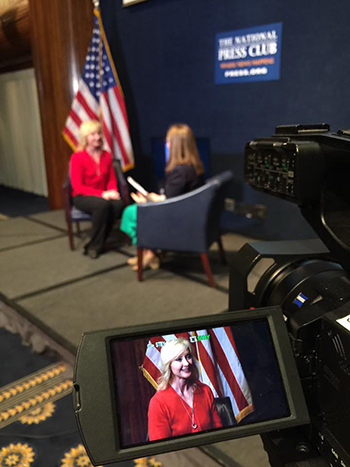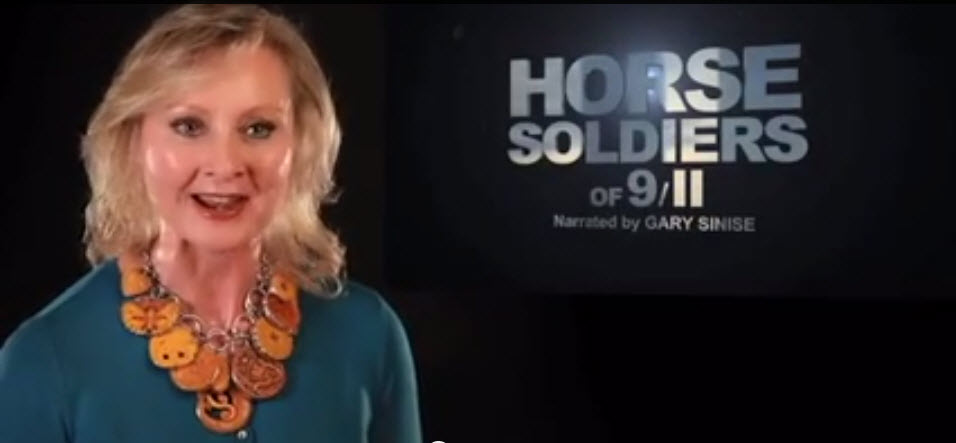With the White House sending Special Operations Forces to Syria to “train, advise and assist” Syrian rebels against ISIS, I received an exclusive behind-the-scenes look a while back at how Green Beret students train for just such a situation.
This reporter went to Fort Bragg’s John F. Kennedy Special Warfare Center and School in North Carolina for two weeks to cover and train with Army Special Forces students trying to earn the coveted Green Beret and Special Forces tab. Part of that time was spent embedded with student A-Teams in the culmination exercise to their Special Forces qualification course called Robin Sage, where the candidates must put their unconventional warfare training to the test.
The exercise requires Special Forces students to build rapport with people posing as indigenous forces in their fight — the very same type of mission they’ll perform in Syria for real. (RELATED: Obama: There Will Be No Combat In Iraq. Generals: We’re In Combat)
Robin Sage is the foremost unconventional warfare exercise in the world. It tests the Special Forces students as they support guerrilla forces in the fictional country of “Pineland.” It’s staged over 15 counties in central North Carolina, and has trained Special Forces students for more than 50 years.
“When they come here, they already have advanced tactical and technical proficiency,” said “Lt. Col. Stone,” a Special Forces assessor, playing the role of a guerilla chief or war lord. “But what they don’t know what to do is, teach a bunch of people who have a different culture, maybe a different language, certainly different customs – why they have to do something like that and to get folks to go along with American policy, national policy, and make it a win-win situation for both sides.”
More than 1,000 people — instructors, students, volunteers and civilian authorities — participate. Local citizens portray natives and auxiliary forces, while additional service members role-play opposing and guerrilla forces to depict a realistic unconventional warfare environment.
“If [they] can manage an unconventional warfare campaign within the cultural, political, and military boundaries of the North Carolina ‘Pineland’ scenario, then [they] can handle any unconventional warfare or foreign internal defense situation in the world, after they graduate and become Green Berets,” Maj. “Derek”, a Special Forces Company Commander explained to me in Diyala Province, Iraq in 2007, while covering real-world A-Team missions. Maj. “Derek” had been a Special Forces instructor previously, and recommended I cover Robin Sage to learn more about one of the core Green Beret missions: unconventional warfare.
“There’s a lot of dilemmas out here that they put us in,” Capt. “Jarrod,” a Special Forces student, told me. “We have to think through the solutions, and those effects that your actions could cause.”
“Is that the key – the ‘thinking’ part? Since your soon-to-be A-Team brothers downrange are known for thinking outside the box, and having very little to work with?” I asked Capt. “Jarrod” during the war game scenario.
“I would certainly say it is,” he replied.
This intense training exercise runs eight times per year; the next iteration begins after Veterans Day this week across North Carolina.
[Editor’s note: Per USASOC embed guidelines, no full names are divulged due to security concerns. Watch for Alex Quade’s future special reports of her embedded coverage with other Army Special Operations units, including: 4th Military Information Support Group, otherwise known as “Psy-Ops”; the 75th Ranger Regiment; and the 160th Special Operations Aviation Regiment, otherwise known as the “Night Stalkers.”]





